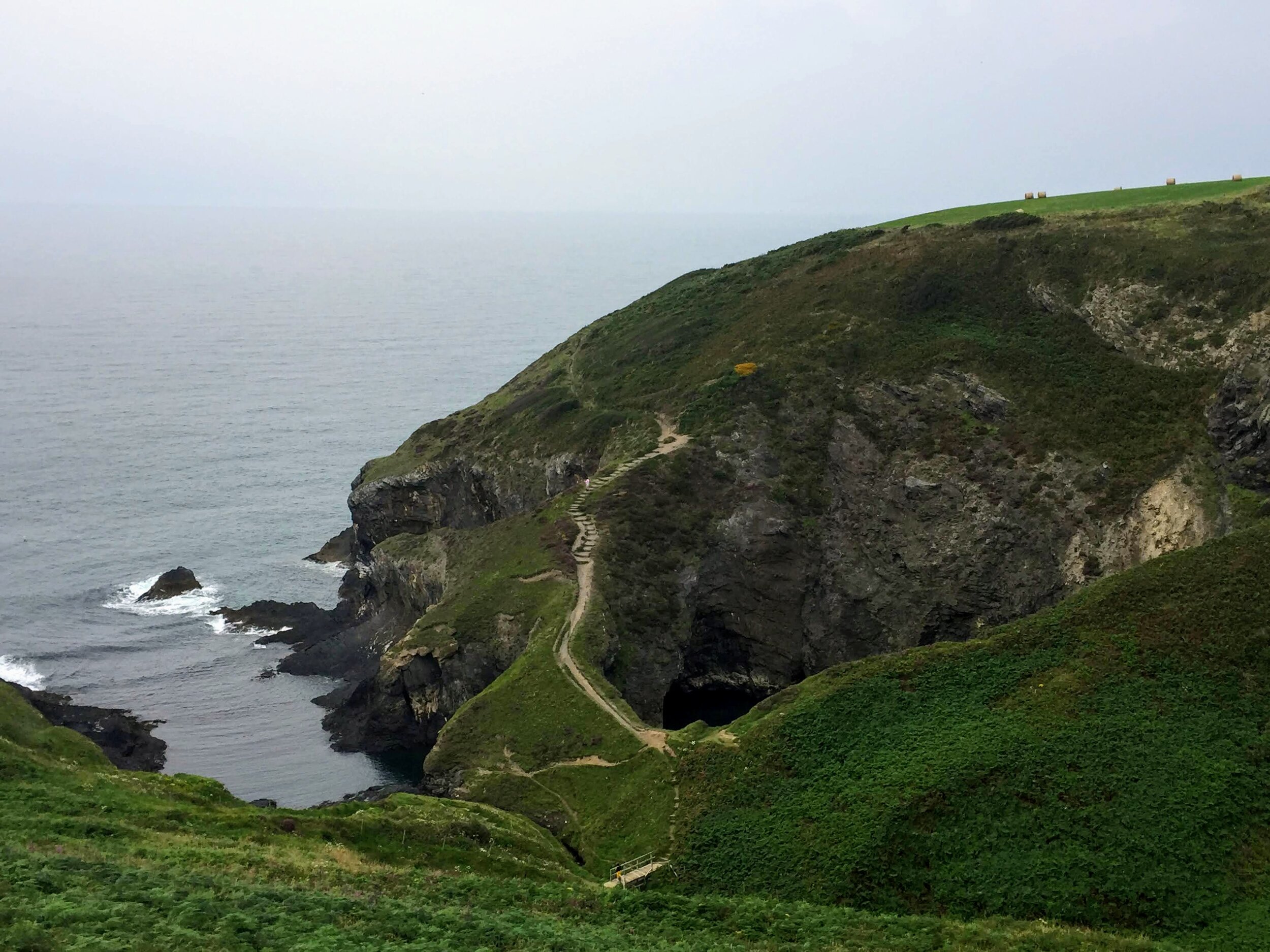Podcast: The Adventure Podcast
/By Paul Scraton:
There are many ways to have an adventure. For some of us, it means climbing to the top of a mountain or exploring a remote island. For others it means pushing ourselves to our physical and mental limits. For yet others, it means challenging our perspectives or our beliefs through learning and discovery, by searching out the stories of people and places, and sharing them with others. All of these forms of adventure are the subject of The Adventure Podcast, a series of conversations hosted by the filmmaker Matt Pycroft.
Many of the interviews are with people who might fit your preconception of what an “adventurer” is. These are men and women who have done things that are barely imaginable to most of us, people who have travelled to extreme places. They are mountaineers who have summited K2 or crossed Antarctica, people who have climbed trees in the Amazon or trekked the desert. I discovered The Adventure Podcast through the edition featuring Chris Bonington, one of the world’s greatest mountaineers. The next I listened to featured Dee Caffari, the first woman to sail solo, non-stop around the world in both directions. These are the type of people whose stories have long fascinated me, precisely because they set out do those very things I would never be able to do myself.
As I listened on, getting deeper into the archive – 62 editions at the time of writing – I saw that Pycroft’s understanding of adventure was as broad as the range of guests he invited to speak to him. In a two-part interview, Sophy Roberts spoke eloquently about how, over the course of six trips and many thousands of miles, she gathered the material to write her book The Lost Pianos of Siberia. I listened to the absolutely fascinating tale of Emma Crone as she tracked down the father and son who were known as the ‘last poachers’ in England – and a reminder that distance, when it comes to adventure and discovery, can be as much a matter of time, place, culture and class as it is miles or kilometres. And I found myself stopping on a walk to scribble down some notes as Michael Turek reflected on how a deep personal connection to place informed his photography, and why photographs are perhaps the closest thing we have to time travel.
Recent editions of the podcast have included Ed Caesar, a writer of long-form essays that has taken him to the DR Congo, a Russian prison camp and on frequent deep explorations of libraries and archives in search of stories, and Cal Flyn, whose book Islands of the Abandonment led her to all manner of abandoned places around the world and discussion that included the appeal of ruins and the dangers of Ruinenlust, the many conceptions of re-wilding, and why places and their stories speak to us and can really matter.
What all these editions and conversations have in common is that Matt Pycroft has found conversation partners who have not only done extraordinary things, but people who have thought long and hard about the places they inhabit, whether for a short period or a long while, and who have something truly interesting and thought-provoking to say. And they have found, in Pycroft, an interviewer who is skilled in asking the right questions, who knows when to challenge or discuss, but who also knows – crucially – when to stay quiet and let his guest tell the story at their own pace and the way that works most naturally for them. The result is a podcast that is a form of exploration and discovery in its own right, especially for us – the listeners. Highly recommended.
The Adventure Podcast website
Instagram
Links to podcast feeds











